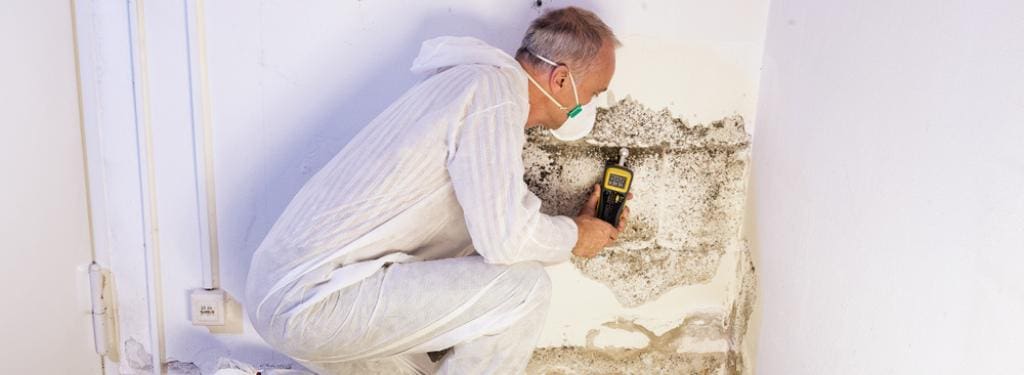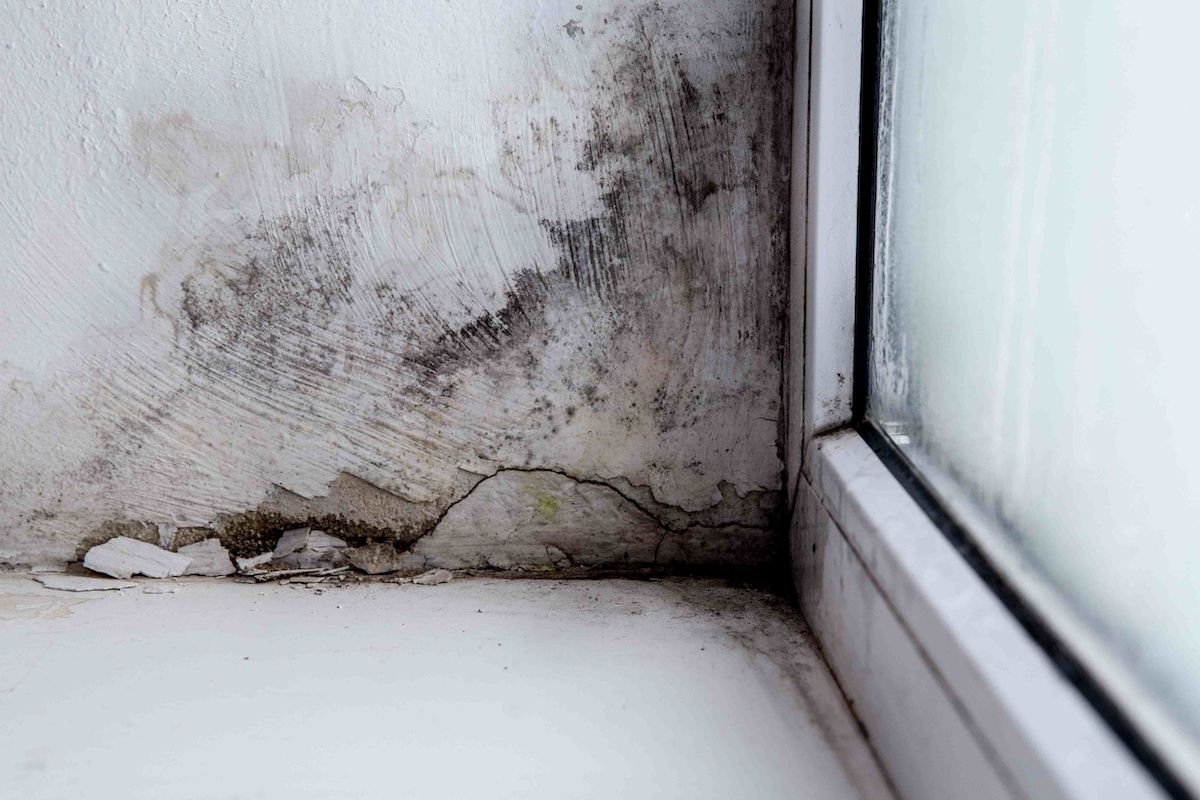Crafting a Thorough Post Mold Remediation Report
Professional Tips for Message Mold And Mildew Removal Success
In the realm of mold and mildew removal, successfully eradicating mold is just half the battle; the true challenge lies in avoiding its reappearance. By adhering to experienced ideas and ideal practices, people can secure their spaces against mold and mildew revival and keep a healthy interior setting.
Screen Moisture Levels Frequently
After finishing mold and mildew remediation procedures, preserving optimal humidity levels is important to avoid mold and mildew re-growth and make sure a healthy and balanced indoor setting. High humidity degrees over 60% develop a favorable atmosphere for mold and mildew to flourish, making routine checking a positive measure to protect against any type of future mold concerns.
Additionally, developing a regular schedule for humidity checks, especially in high-risk locations such as cellars, washrooms, and kitchens, is a positive strategy to mold avoidance. By continually checking humidity levels, residential property owners can effectively alleviate the danger of mold and mildew reoccurrence and preserve a healthy and balanced interior setting post-remediation.
Conduct Thorough Inspections Post-Remediation
Following the completion of mold removal procedures, it is necessary to carry out detailed inspections to verify the effectiveness of the removal process. These post-remediation inspections are vital in guaranteeing that the mold and mildew problem has actually been efficiently attended to which there is no reappearance or continuing to be mold growth. Examinations should be accomplished by qualified experts that have proficiency in identifying mold and mildew and assessing interior air top quality.
Throughout these examinations, numerous techniques such as visual evaluations, air tasting, and surface tasting may be employed to completely review the remediated areas. Visual analyses involve a comprehensive examination of the properties to look for any type of visible indicators of mold growth or water damages. Air sampling helps in identifying the air-borne mold spore degrees, while surface area sampling can discover mold fragments on surfaces.
Implement Proper Air Flow Methods
After ensuring the efficiency of the mold and mildew removal process via comprehensive inspections, the following vital step is to focus on implementing correct air flow strategies. Sufficient ventilation is vital in stopping mold reoccurrence by regulating moisture levels and promoting air flow. To accomplish this, it is recommended to make use of exhaust fans in locations susceptible to high moisture, such as kitchen areas and shower rooms. Additionally, opening up home windows and doors when climate permits can help boost airflow and lower moisture accumulation. Air dehumidifiers and cleansers are likewise beneficial tools in maintaining ideal indoor air high quality.
Proper air flow not only aids my response in avoiding mold and mildew growth however additionally adds to the general health and convenience of owners. By guaranteeing adequate ventilation throughout the home, you can reduce the danger of mold regrowth and create a healthier living atmosphere. Routine maintenance of air flow systems, including cleansing and filter replacements, is important to sustaining effective ventilation. Consulting with cooling and heating specialists can offer further understandings into enhancing ventilation strategies for your particular residential or commercial property needs.

Use Mold-Resistant Products for Repairs
To enhance the long-term efficiency of mold and mildew removal initiatives, incorporating mold-resistant materials for repair work is critical in alleviating the danger of future mold development. Mold-resistant products are made to withstand wetness and hinder mold growth, making them a crucial option for areas prone to dampness and moisture. When fixing locations influenced by mold and mildew, using materials such as mold-resistant drywall, mold-resistant paints, and mold-resistant caulking can help avoid mold and mildew reoccurrence.
Mold-resistant drywall is an exceptional option to conventional drywall in areas like bathrooms and basements where wetness degrees are greater. This sort of drywall has an unique finish that resists mold and mildew growth even when this article exposed to damp problems. In addition, making use of mold-resistant paints containing antimicrobial representatives can further prevent mold and mildew advancement on wall surfaces and ceilings.
In areas where moisture is typical, such as bathroom and kitchens, utilizing mold-resistant caulking around windows, sinks, and bathtubs can help seal out water and avoid mold from holding in fractures and holes. By spending in these mold-resistant products throughout repair work post-remediation, you can significantly reduce the chance of future mold and mildew issues and preserve a much healthier indoor atmosphere.
Maintain Sanitation and Address Water Issues
After mold remediation, it is crucial to keep a tidy atmosphere to avoid the regrowth of mold and mildew. Leakages, water breach, get more or high moisture degrees can produce the best breeding ground for mold, so it is necessary to repair any kind of water-related troubles promptly.
To keep tidiness, think about utilizing HEPA filters in vacuums and air purifiers to trap mold and mildew spores and avoid their circulation airborne. Making certain proper air flow in locations vulnerable to moisture build-up, such as washrooms and kitchen areas, can aid keep humidity levels in check. By staying cautious concerning tidiness and addressing water issues immediately, you can effectively protect against mold and mildew reinfestation and preserve a healthy indoor environment.
Verdict

In the realm of mold remediation, efficiently eradicating mold is only half the fight; the true obstacle exists in avoiding its reappearance. After finishing mold removal procedures, keeping ideal humidity levels is vital to avoid mold and mildew re-growth and make sure a healthy interior atmosphere. High humidity levels above 60% develop a favorable atmosphere for mold and mildew to prosper, making routine checking a positive procedure to protect against any future mold and mildew problems.
To improve the lasting performance of mold and mildew remediation efforts, incorporating mold-resistant products for fixings is critical in alleviating the threat of future mold and mildew growth. After mold and mildew remediation, it is crucial to preserve a tidy setting to prevent the regrowth of mold.